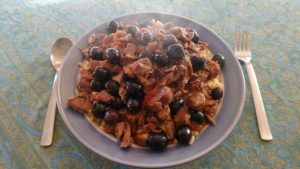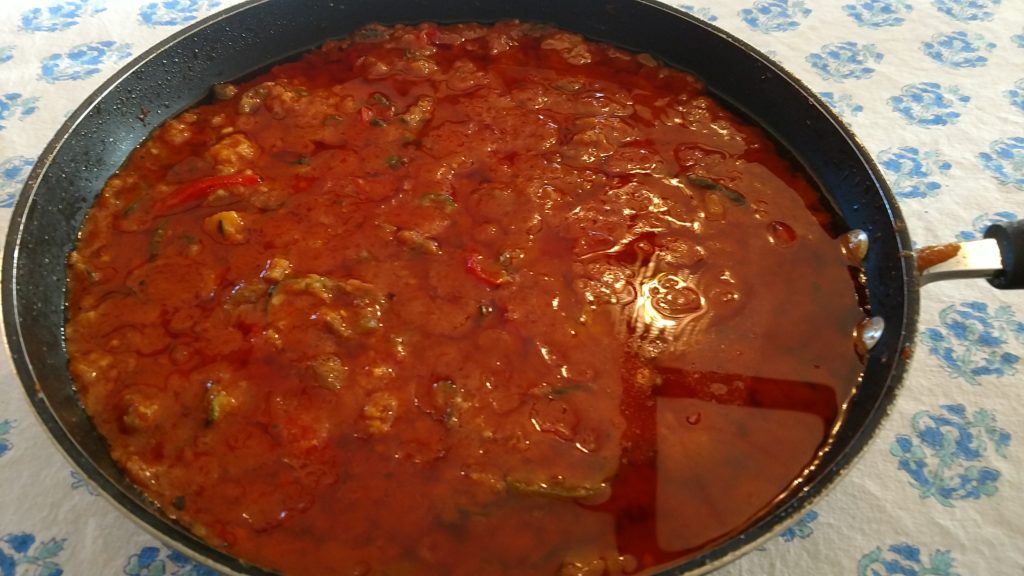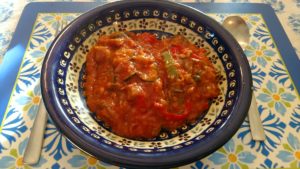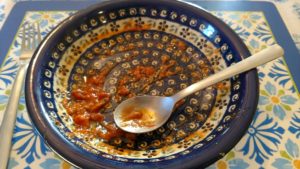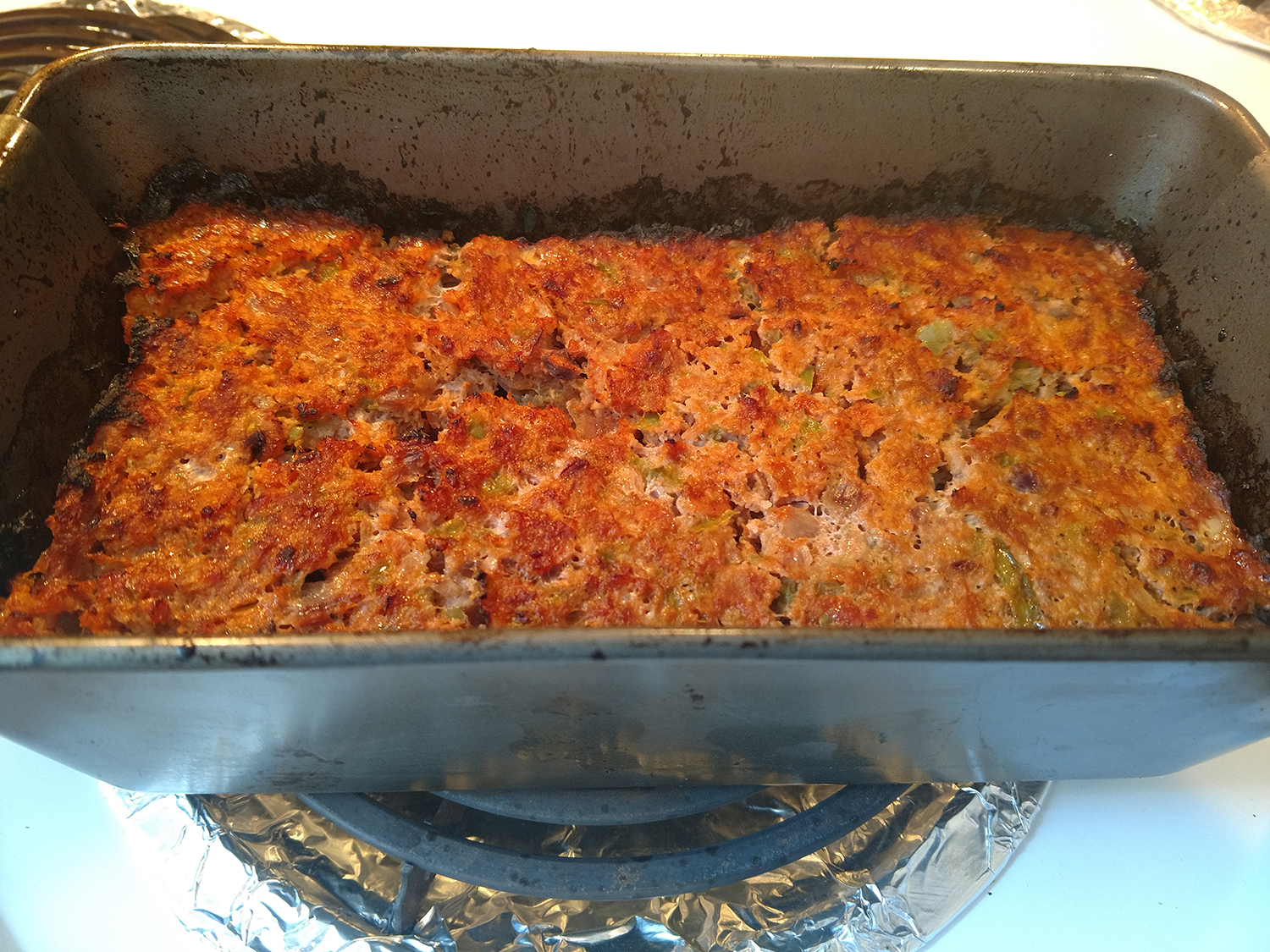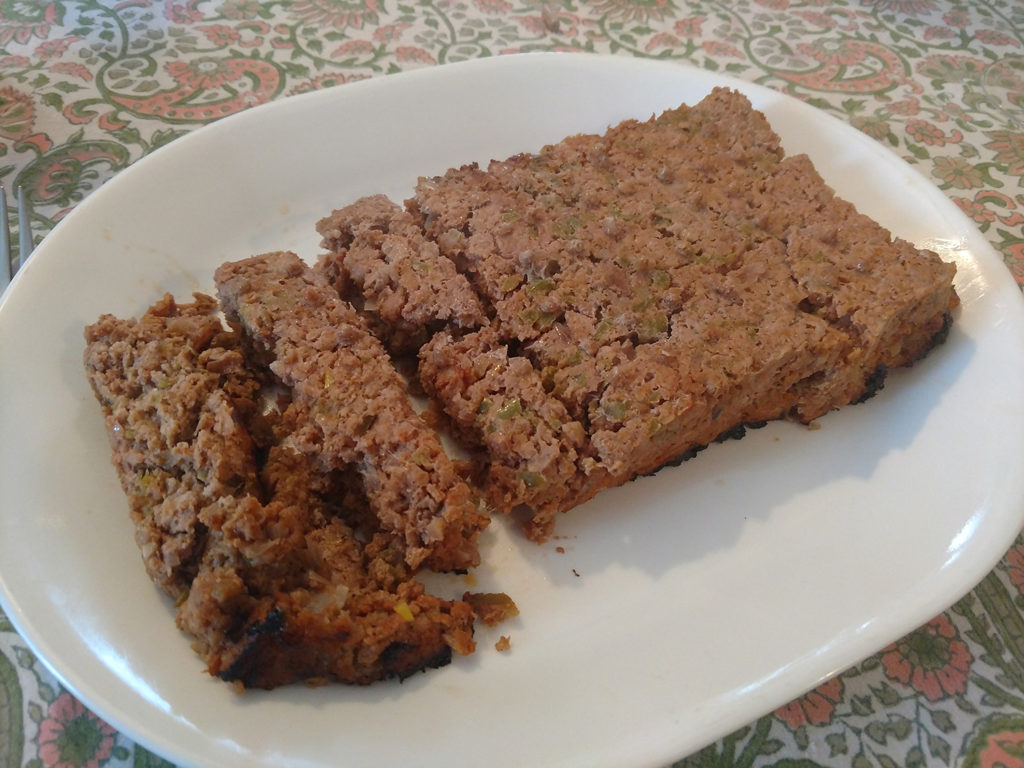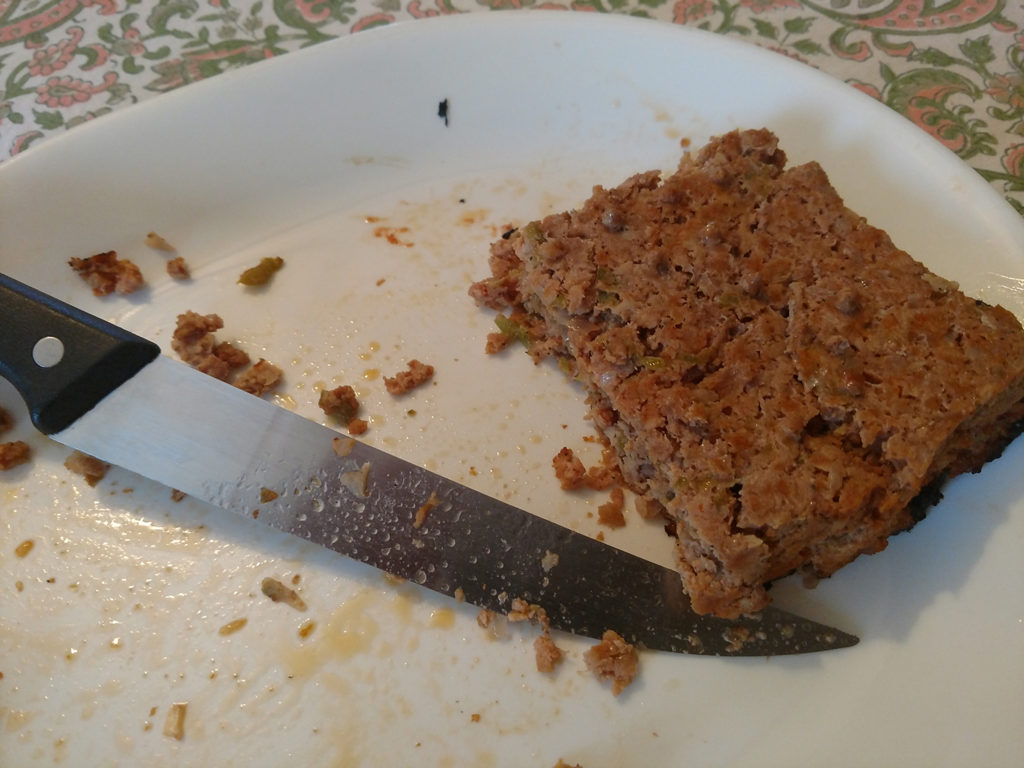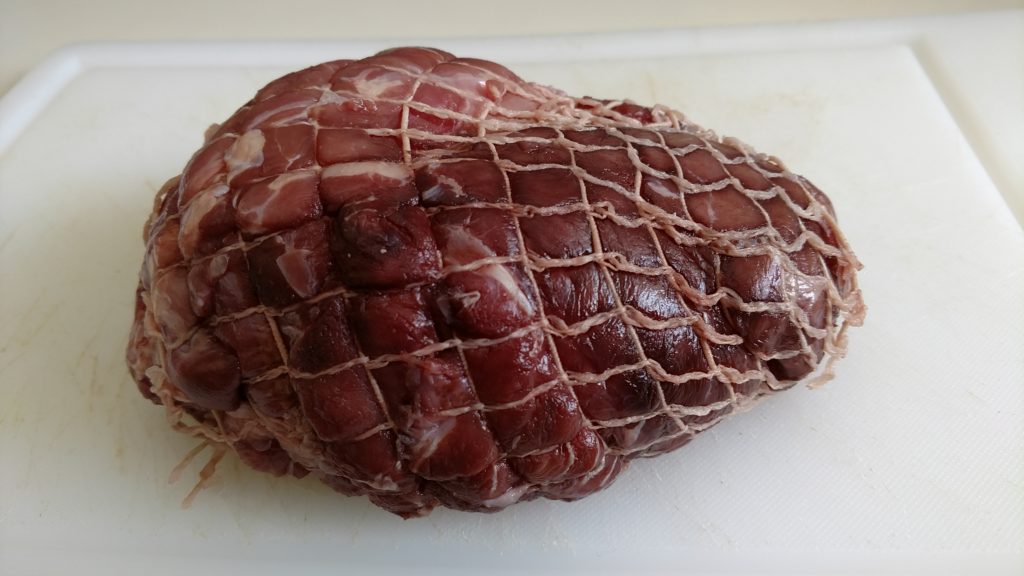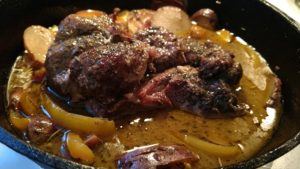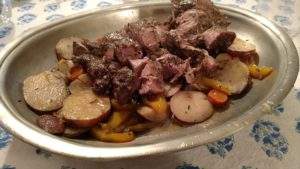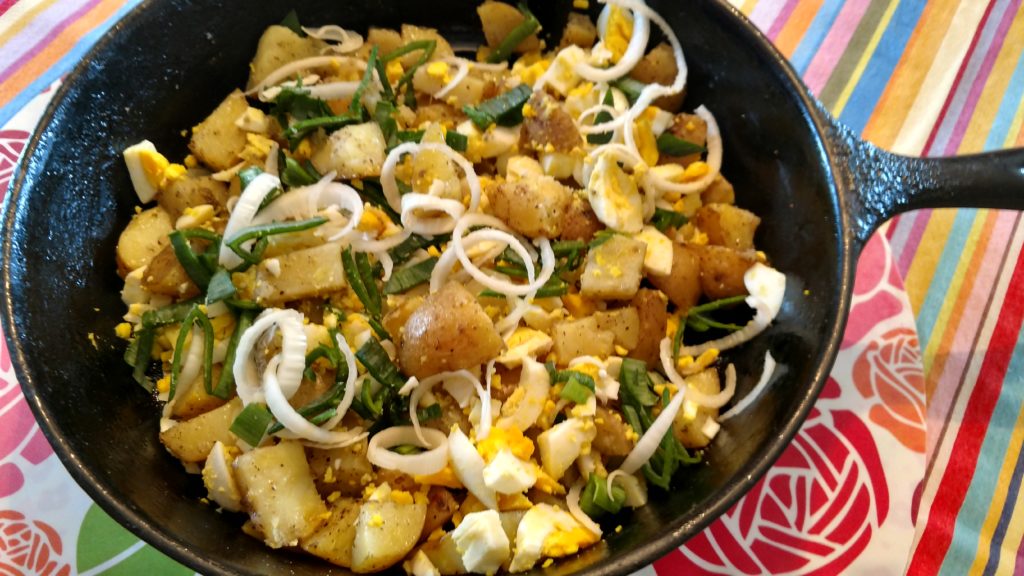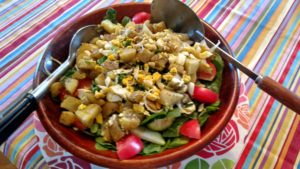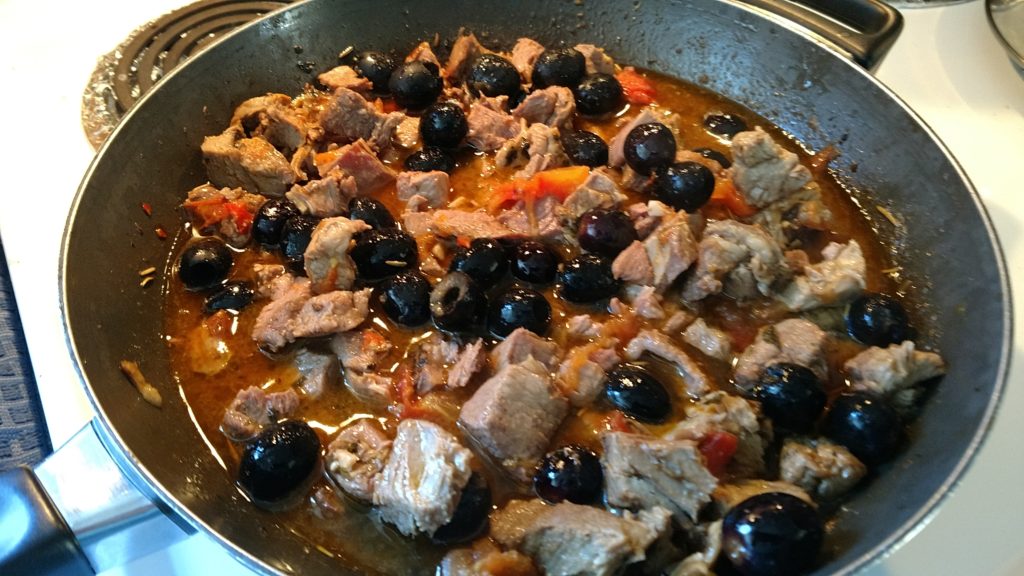
I like lamb, and I like olives. So, why not mix ’em together? This recipe, by the way, is from an old cookbook I acquired years ago: Ismail Merchant’s Florence. The rosemary sprigs and black olives impart a tantalizing flavor to the lamb. I do not know if this will work with green olives, or even stuffed Spanish olives. But you are welcomed to try. Also, you can serve the recipe with any preferred grain or pasta. I served it with spaetzle (Swiss dumplings) and it was perfect. Note that the ingredients call for a cup of dry white wine. Whether that means you have to serve the dish with white wine, I don’t know. I served it with an Australian Shiraz, and it hit the spot. Enjoy
LAMB WITH BLACK OLIVES
Ingredients:
¼ cup olive oil
2 cloves garlic, peeled and crushed
3 fresh rosemary sprigs
2½ pounds stewing lamb, cut in chunks
1 cup dry white wine
2 fresh ripe tomatoes, peeled and chopped
Salt and freshly ground pepper to taste
30 black olives
Instructions:
- In a large skillet, heat olive oil over medium, add the garlic and rosemary. When garlic is golden, add lamb chunks and brown on all sides.
- Pour in the wine. When it evaporates, add tomatoes, and season with salt and pepper. Cover and cook over low heat about 15 minutes.
- Add olives to the lamb. Cover and cook very slowly 1½ hours or until the lamb is tender. Add water or beef stock if meat seems to be drying out.
Yield: 4-6 servings.
